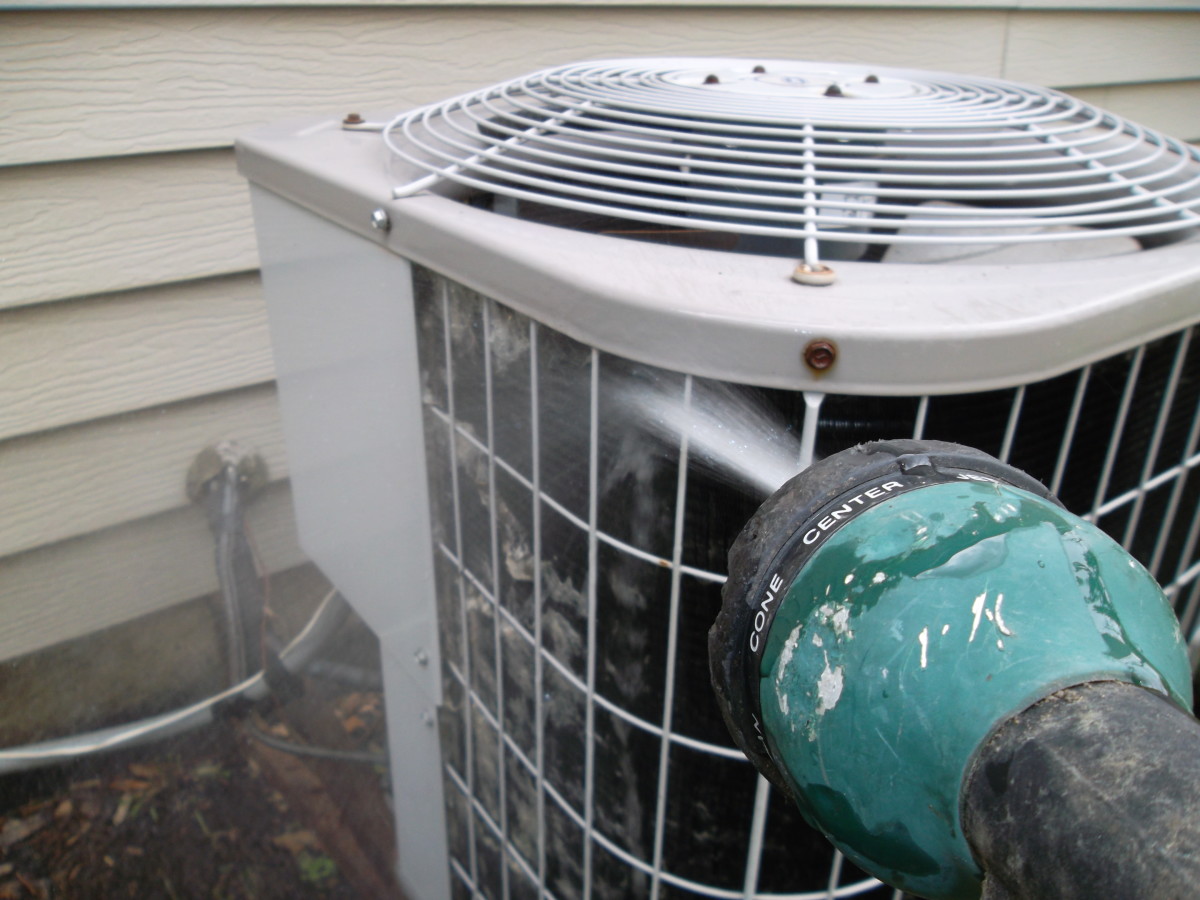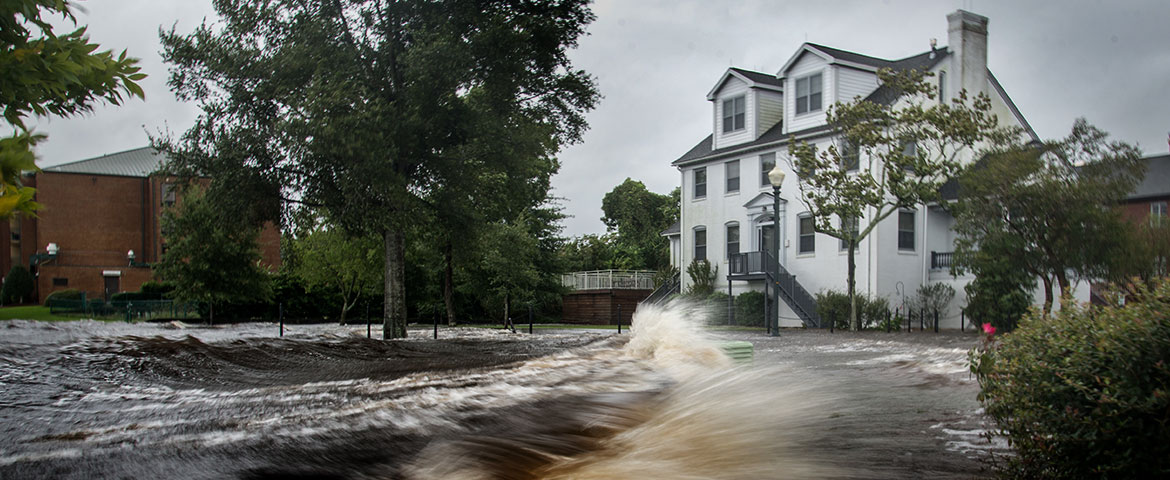If you live in an area susceptible to hurricane threats, you know the damage that these storms can cause. From high winds and flooding to lighting strikes and tornados, hurricanes can produce several dangerous conditions. The high winds and flooding that usually accompany a large hurricane can wreak havoc on your HVAC system. Depending on where you live, the weather after a hurricane can be hot and humid, and you may want to switch your air back on. Before you do that, however, you need to inspect your equipment for damage and issues that could cause safety problems.
The impact a hurricane may have on your heating and cooling systems can be significant. Numerous things could be present after a hurricane, from damaged units and electrical connections to refrigerant leaks and dirty systems. Let’s take a look at how a hurricane could impact your HVAC system.
Debris-Clogged Equipment

High winds that come with a hurricane often lead to excessive airborne debris that can easily clog the aluminum fins of your HVAC system’s condenser coil. When the storm is over, homeowners often find that debris, dirt, grass, leaves, and other objects have become lodged in their outdoor HVAC equipment. Clogged condenser coils can restrict airflow and cause numerous problems with your air conditioning. Fortunately, clogged coils are relatively easy to repair and can be done using a cleaner and a standard garden hose. If your coil is severely clogged or damaged, you may need a qualified HVAC technician to help correct the problem.
Foreign Object Impact Damage
Unlike smaller debris that can clog the unit coils, larger, heavy objects picked up by strong winds can cause significant damage to your outdoor unit. Hurricane-force winds can send objects like branches, building materials, outdoor furniture, and other items flying across the yard. If these objects strike your HVAC equipment, they could penetrate refrigerant lines, damage system components, or even crush the entire unit. The repairability of your equipment will depend on the extent of the damage sustained. You will need a repair technician to examine your unit and equipment to determine the significance of the damage.
Displaced Equipment
During a hurricane, winds might exceed 160 miles per hour. Strong, damaging winds can displace or move your equipment. The typical residential unit weighs about 150 to 200 pounds and can easily be displaced or blown away from its position. In the aftermath of hurricanes and tornados, it is common to see equipment that has been slightly moved and others carried away. Once a unit has been shifted from its location, it must be inspected by a professional before being used again.
A certified technician will need to ensure that the refrigerant line hasn’t been damaged. If the line has been breached, moisture and contaminants may have entered the system and could severely damage the compressor. Additionally, the condenser coil and fan assembly could have sustained damage if the unit had been blown over. Depending on the extent of the damage, repairs could be made, or you may need to replace the unit.
Submerged Equipment

Another common effect of storms like hurricanes is high floodwaters. If your equipment is submerged underwater, all of the wiring and refrigerant lines will need to be inspected. Even if there was no damage, the entire system will need to be cleaned, dried, and disinfected after sitting in water. Homeowners will need to have their equipment thoroughly inspected and serviced following any major flooding from a hurricane.
Hurricanes can cause numerous problems for your HVAC system. Fortunately, in areas prone to major storms, building codes are more stringent and require that equipment be able to withstand wind pressures and be securely fastened to the ground. If your unit sustains damages by a hurricane, you will require the assistance of an HVAC technician to restore your heating and cooling system.



